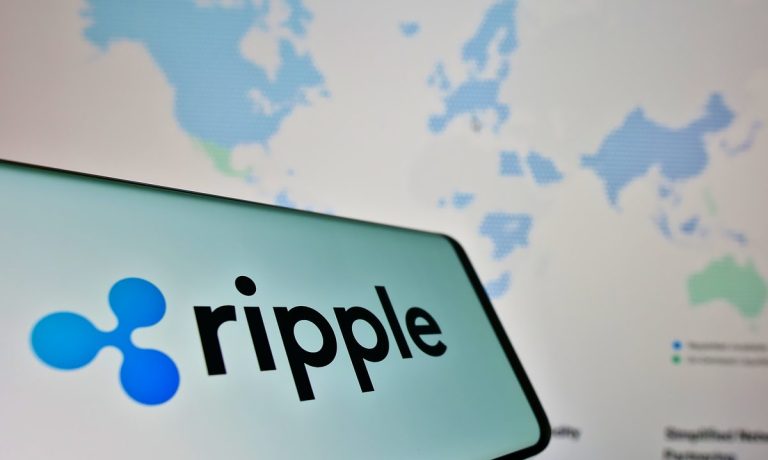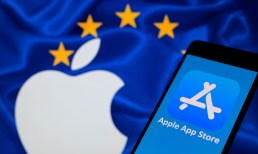The researchers argued that a payment infrastructure based on a centralized database is ill-suited to the way people use mobile money and creates significant barriers to interoperability between different networks. In response to this problem, they made the case for mobilizing blockchain technology to enable mobile money transactions.
Fast forward, it appears MFS Africa, which has created a single interoperable transfer network that connects over 400 million mobile wallets across the continent, is looking to bridge that gap.
U.S. crypto giant Ripple announced earlier this month that it would be providing its blockchain-based liquidity solution to the pan-African FinTech as part of efforts to “bring the benefits of crypto-enabled payments to the continent.”
Learn more: PYMNTS Blockchain Series: What Is XRP? The Cryptocurrency Making A Ripple In Payments
In fact, Ripple’s On-Demand Liquidity (ODL) technology, which has been deployed by banks and FinTechs in Europe and the Middle East to power cross-border payments, holds significant potential for Africa’s emerging economies, where low currency liquidity can create challenges for efficient cross-border transactions.
Advertisement: Scroll to Continue
Furthermore, considering MFS Africa’s wide footprint on the continent, the latest application of the RippleNet payment architecture is a milestone in the journey of blockchain technology’s growing entrenchment in the global financial infrastructure.
A Diverse Ecosystem
In his comments on the new Ripple partnership, Dare Okoudjou, MFS Africa’s CEO, hinted at company plans to grow its usage of blockchain technology.
Related: MFS Africa CEO: Prepaid Cards Open World of Online Payments to Millions in Africa
“The Ripple-MFS Africa partnership represents a confident, important and bold first step for our crypto strategy to leverage blockchain technologies to amplify our impact on consumers and businesses on the continent,” he said in the Ripple press release.
For mobile money service providers on the continent, it presents an opportunity to start implementing blockchain-based payment systems in the same way that banks and other FinTechs have, with MFS Africa playing a central role in engaging with these providers.
That also means that the firm’s ongoing crypto engagement may involve more blockchain protocols.
While the precise shape of different blockchains’ contributions to the mobile money ecosystem is yet to be determined, solutions based on different chains have been proposed. For example, the UNZA researchers designed their prototype based on HyperLedger Fabric, a token-agnostic framework that underpins IBM’s blockchain platform and is backed by a number of major banks.
Meanwhile, researchers in the U.K. and France have hypothesized solutions based on the Ethereum network.
Just like the world’s banks now interact with Ripple, HyperLedger and Ethereum, an overlapping cross-chain paradigm may also emerge as various stakeholders in Africa’s mobile money space embrace blockchain.
But regardless of the specific networks and protocols being used, the advantages of blockchain technology for the mobile money ecosystem are the same ones that have helped put the technology at the forefront of innovation in the banking sector.
In fact, with so many different stakeholders interacting with complex interlinking payment systems, immutable and mutually verifiable ledgers can help create the kind of transparency and trust needed to build stronger mobile money interoperability.
For all PYMNTS EMEA coverage, subscribe to the daily EMEA Newsletter.




